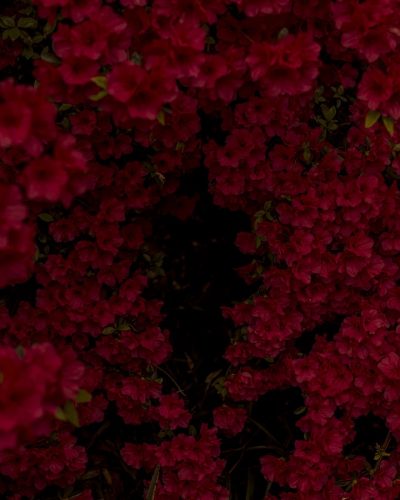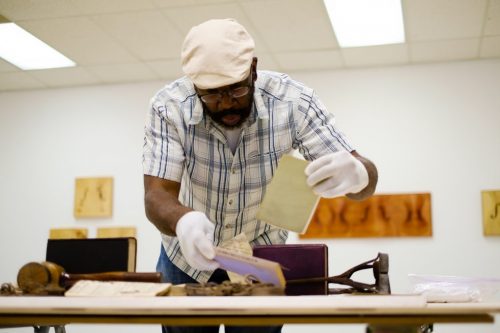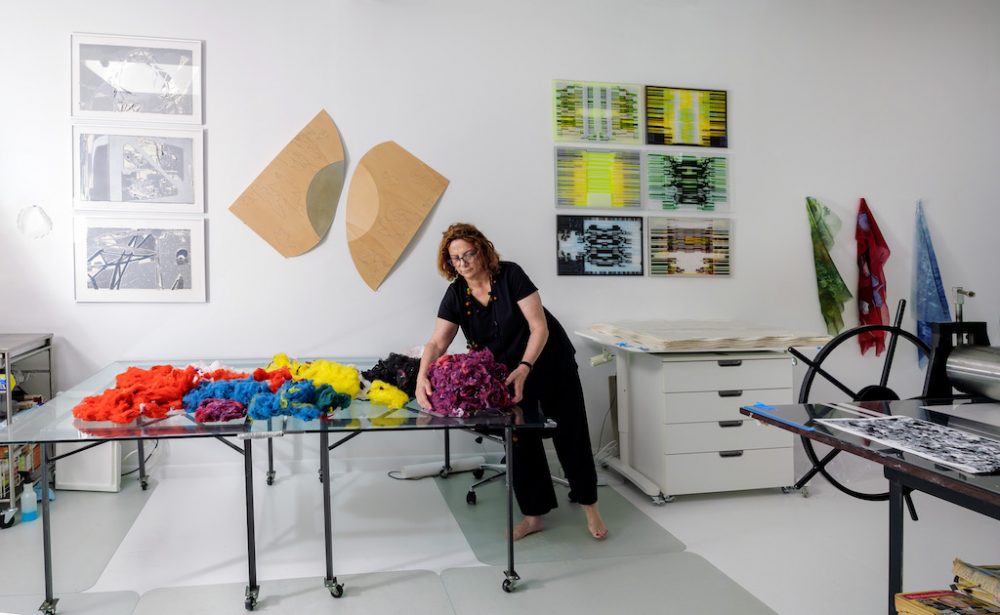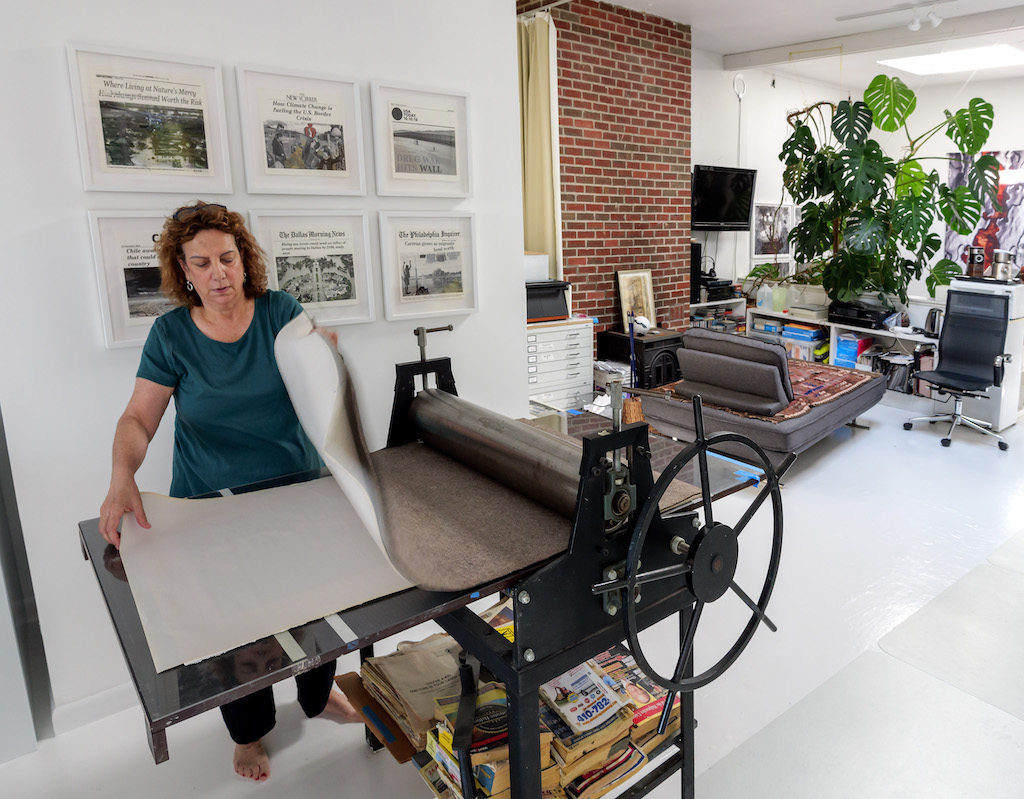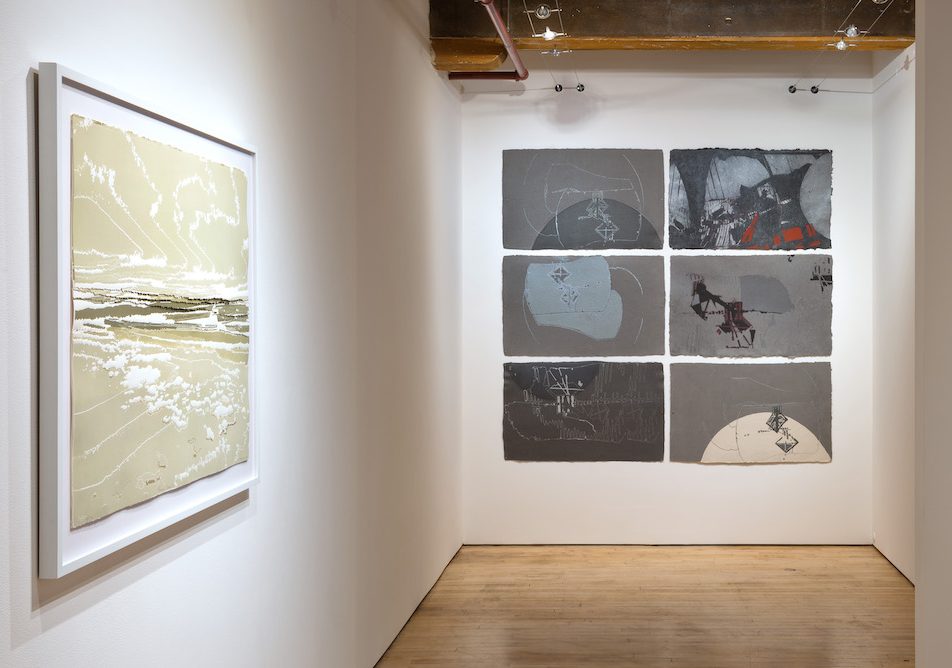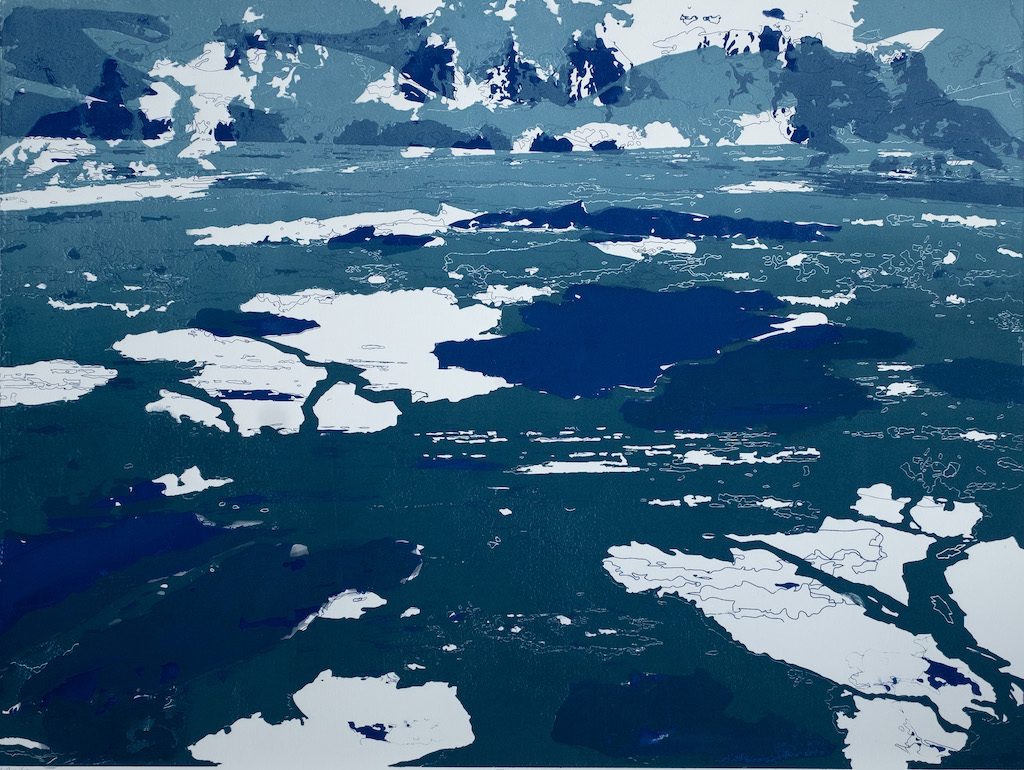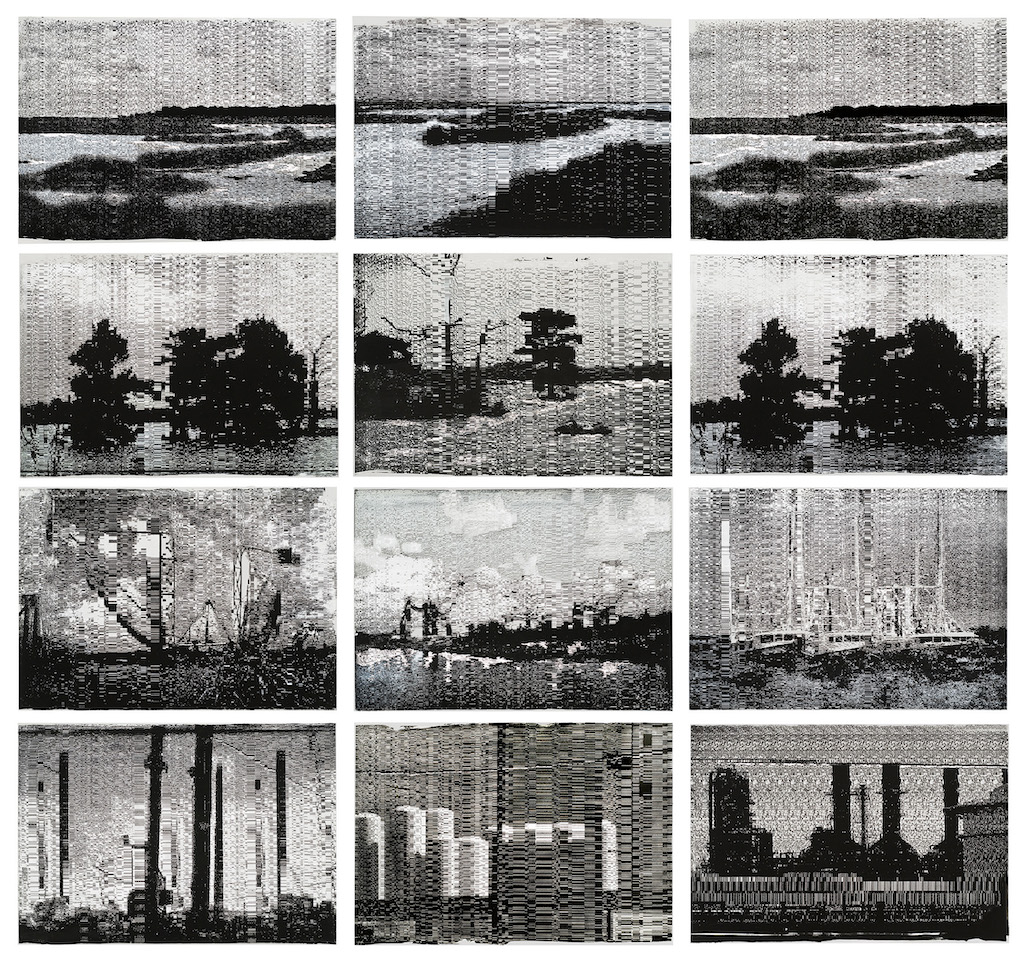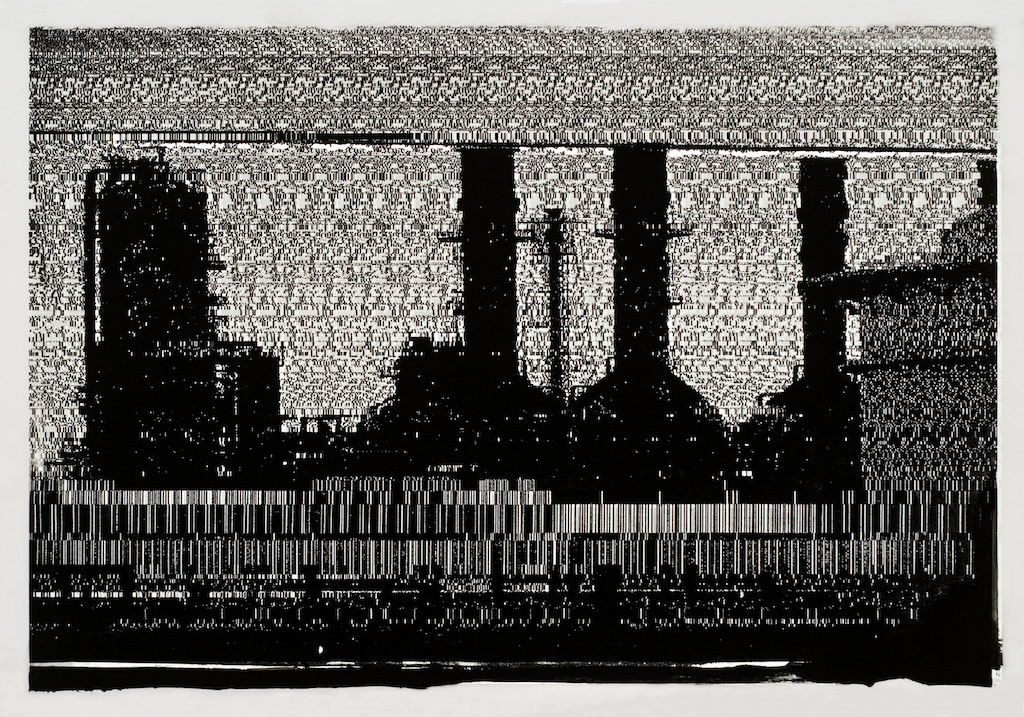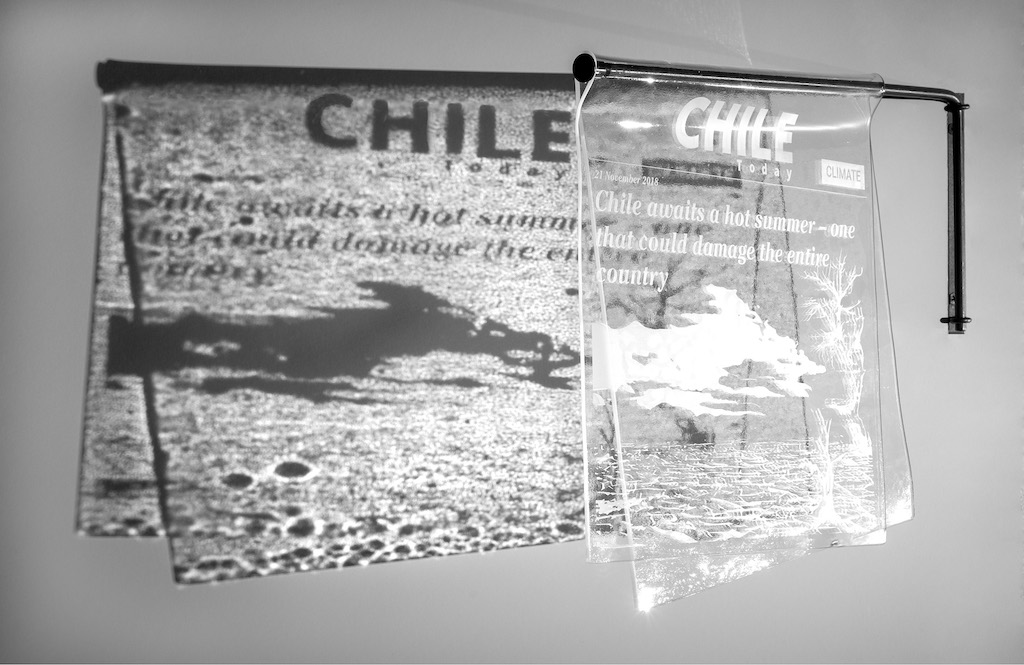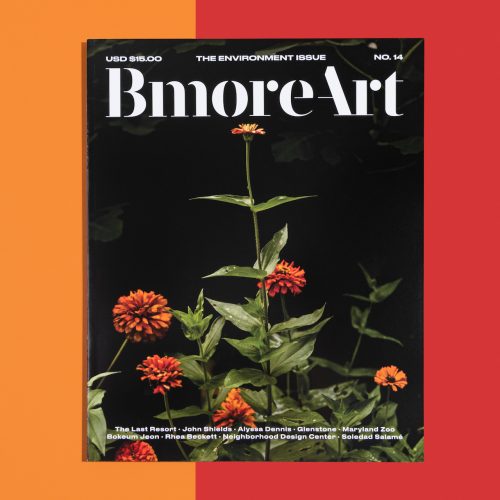The challenge for artists like Soledad Salamé, deeply knowledgeable and concerned about climate change, is addressing human psychology. Setting aside the climate deniers, already beyond the pale, the average human being has a tenuous grasp of the long-term, global environmental picture: “thousand-year” floods that come every year, agricultural land that has become dust, and oil-spill contamination that can never really be cleaned up. “Fast fashion” from the Global North becomes landfill in the Global South.
Climate refugees are already here. Government aid and immigration policies have not caught up to the reality of rising ocean levels, systemic drought, and accelerating weather patterns that invariably impact some—low-income, rural, people of color—more immediately than others. Climate change is a social justice issue, and not just bad weather. Salamé realizes that visual artists have a vital role to play in facilitating comprehension of an existential issue in order to promote decisive action.
For decades, Salamé has been researching and creating subtle, intelligent artworks around these issues. In more recent years, her urgency to convey the message has increased. Coastal cities such as Baltimore, her longtime home, are already endangered by rising sea levels, as she demonstrated in the 2009 interactive installation Where Do You Live? 3,000 Miles of Maryland Coast. Collaborating with other artists and scientists, Salamé printed images from Google Earth to create a monumental, light-up topographical map of the Chesapeake Bay, indicating which places will be flooded first, and which Superfund sites will be inundated, spreading contamination when the water comes.
